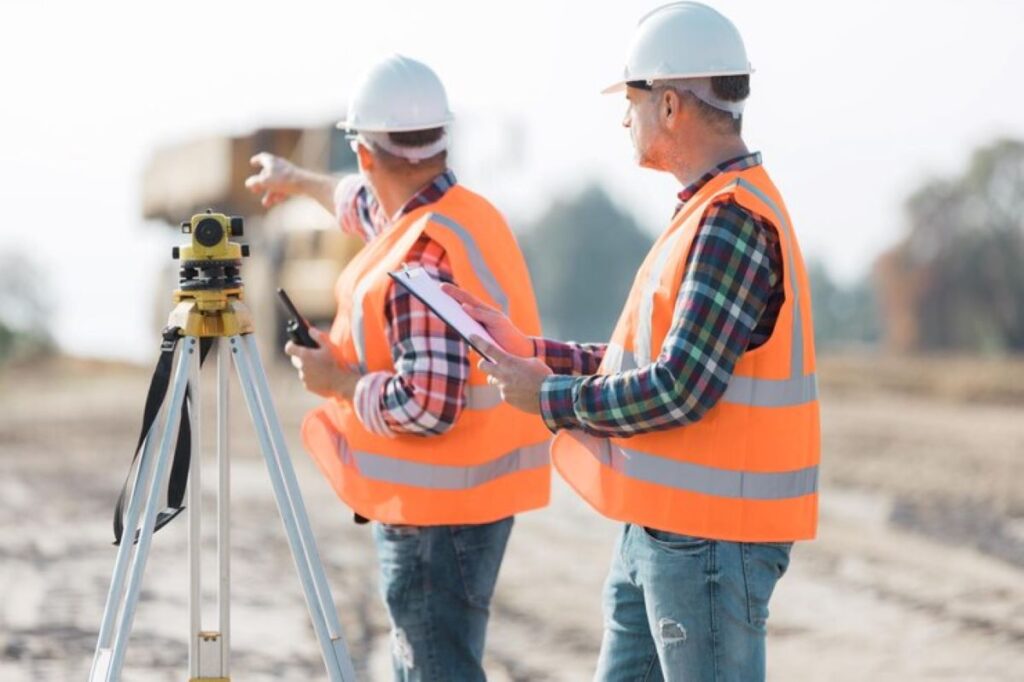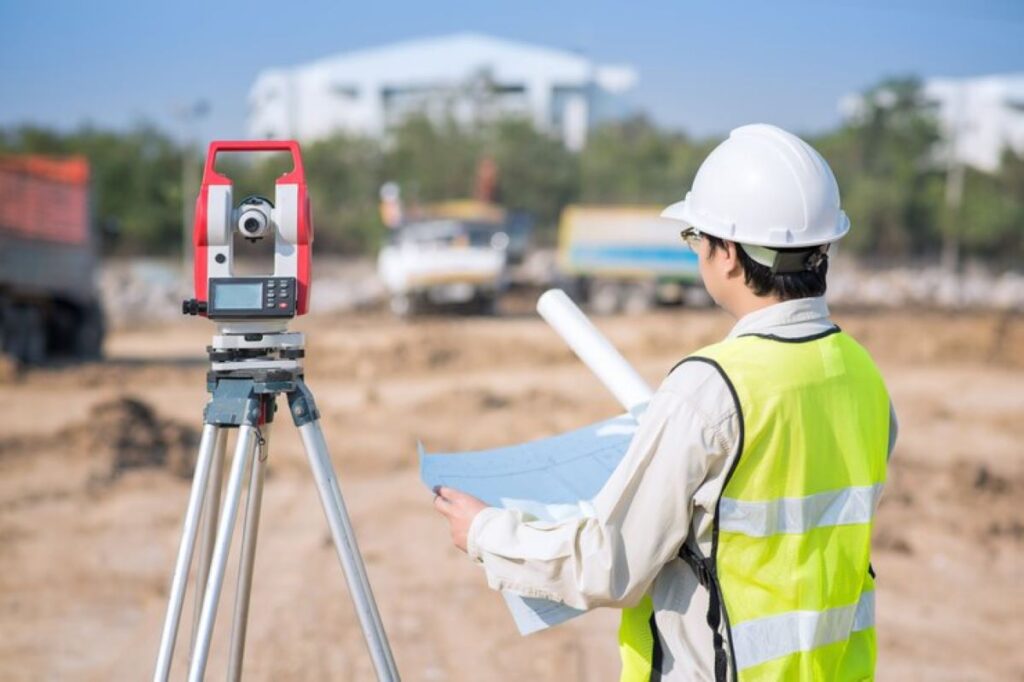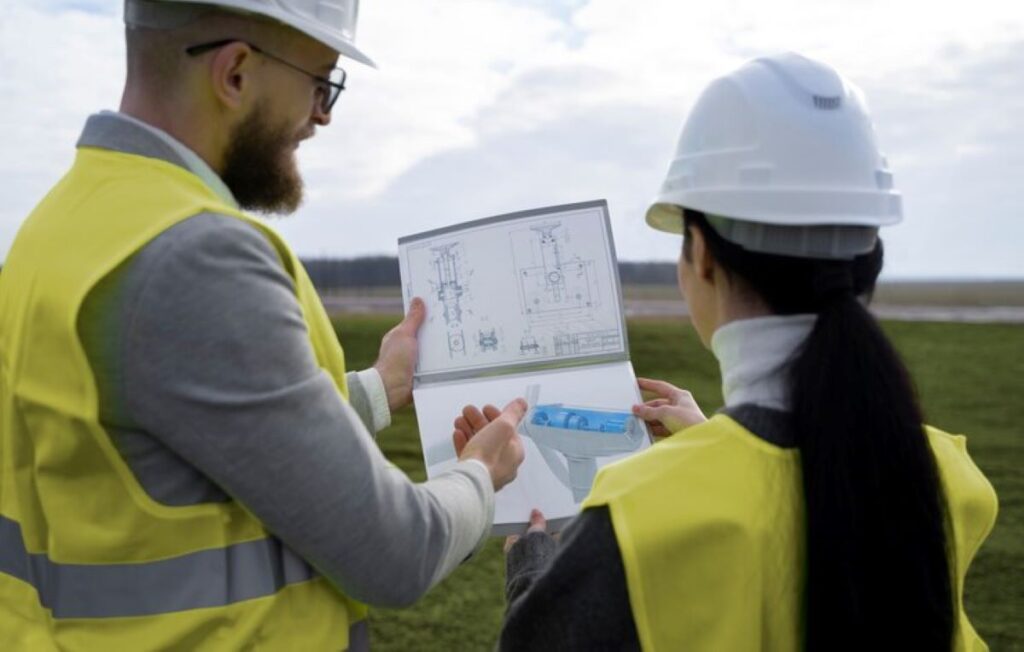Survey engineers play a crucial role in the construction and civil engineering sectors, providing essential data and insights that inform project planning and execution. Their expertise is vital for ensuring that projects are completed accurately, safely, and efficiently. This article will delve into the various responsibilities of survey engineers on site, the tools they employ, and the overall impact they have on project outcomes.
The Role of a Survey Engineer
A survey engineer is responsible for measuring and mapping the physical features of a site. This role encompasses a wide range of tasks, from initial site assessments to ongoing monitoring throughout the construction process. Understanding the multifaceted nature of this role is essential for anyone involved in construction projects.
Site Assessment and Preparation
Before any construction can begin, a survey engineer conducts a thorough site assessment. This involves evaluating the topography, boundaries, and existing structures. By gathering accurate data, survey engineers can create detailed site plans that serve as the foundation for all subsequent work.
During this phase, survey engineers may employ various techniques, including traditional land surveying methods and modern technologies like GPS and laser scanning. The choice of method often depends on the specific requirements of the project and the complexity of the site. For instance, in areas with dense vegetation or urban environments, laser scanning can provide a more precise representation of the terrain, capturing intricate details that traditional methods might overlook. This level of accuracy is crucial, especially in projects where even minor discrepancies can lead to significant complications later on.
Data Collection and Analysis
Once the site assessment is complete, the survey engineer collects data that will inform design and construction decisions. This data can include elevation points, distances, and angles, which are crucial for creating accurate site plans.
Data analysis is equally important. Survey engineers must interpret the collected data to identify potential challenges, such as drainage issues or unstable ground conditions. This analysis helps project managers make informed decisions and develop strategies to mitigate risks. Additionally, survey engineers often collaborate with geotechnical engineers to assess soil conditions, which can affect the stability of structures. By integrating geological data with survey findings, they can provide a comprehensive overview that aids in the design of foundations and other critical elements, ensuring that the construction is both safe and sustainable. This collaborative approach not only enhances the accuracy of the project but also fosters a more cohesive working relationship among various stakeholders involved in the construction process.
Tools and Technologies Used by Survey Engineers
Survey engineers utilise a variety of tools and technologies to carry out their work effectively. Understanding these tools can provide insight into how survey engineers contribute to the success of a project.
Traditional Surveying Equipment
Traditional surveying equipment, such as theodolites and total stations, remains fundamental in the field. These instruments allow survey engineers to measure angles and distances with high precision. Theodolites, for example, are essential for determining horizontal and vertical angles, while total stations combine the functions of a theodolite with electronic distance measurement.
Despite the rise of modern technologies, traditional tools still play a significant role, particularly in areas where GPS signals may be weak or obstructed. Survey engineers often combine these tools with modern technologies to enhance accuracy and efficiency.
GPS and Geospatial Technologies
Global Positioning System (GPS) technology has revolutionised the surveying industry. Survey engineers use GPS for real-time positioning and data collection, allowing for rapid and accurate mapping of sites. This technology is particularly beneficial for large-scale projects, where traditional methods may be time-consuming and labour-intensive.
In addition to GPS, survey engineers may also employ Geographic Information Systems (GIS) to manage and analyse spatial data. GIS technology enables survey engineers to create detailed maps and visualisations, which can be invaluable for project planning and stakeholder communication.
Laser Scanning and 3D Modelling
Laser scanning technology has emerged as a powerful tool for survey engineers. This method captures millions of data points in a matter of minutes, creating highly accurate 3D models of the site. These models can be used for various purposes, including design validation, clash detection, and progress monitoring.
3D modelling allows project teams to visualise the site in a way that traditional 2D plans cannot. This enhanced visualisation aids in identifying potential issues before they arise, ultimately saving time and resources during construction.
Collaboration and Communication
Survey engineers do not work in isolation; they are integral members of the project team. Effective collaboration and communication are essential for ensuring that all stakeholders are aligned and informed throughout the project lifecycle.
Working with Architects and Engineers
Survey engineers collaborate closely with architects and civil engineers to ensure that designs are feasible and that site conditions are accurately represented. This collaboration often involves sharing data and insights that can influence design decisions.
For instance, if a survey engineer identifies a potential issue with the site’s topography, they can communicate this to the design team, allowing for adjustments to be made before construction begins. This proactive approach can prevent costly delays and rework later in the project.

Engaging with Stakeholders
Effective communication with stakeholders is another critical aspect of a survey engineer’s role. This may include liaising with project managers, contractors, and even local authorities. Keeping stakeholders informed about site conditions and any potential challenges fosters transparency and trust.
Moreover, survey engineers often present their findings and recommendations in meetings or reports. Their ability to convey complex data in an understandable manner is vital for ensuring that all parties are on the same page and can make informed decisions.
Challenges Faced by Survey Engineers
While survey engineers play a pivotal role in project success, they also face various challenges that can impact their work. Understanding these challenges can provide insight into the complexities of their role.
Environmental Factors
Survey engineers must contend with a range of environmental factors that can affect their work. Weather conditions, for example, can impact data collection and site accessibility. Rain, snow, or extreme temperatures can hinder the use of certain equipment and may necessitate rescheduling site visits.
Additionally, natural features such as vegetation, water bodies, and uneven terrain can complicate data collection efforts. Survey engineers must be adaptable and resourceful, employing different techniques and tools to overcome these challenges.
Technological Limitations
Despite the advancements in surveying technology, limitations still exist. For instance, GPS accuracy can be affected by obstructions such as buildings or trees, leading to potential inaccuracies in data collection. Survey engineers must be aware of these limitations and take steps to mitigate their impact.
Furthermore, as technology continues to evolve, survey engineers must stay updated on the latest tools and techniques. This requires ongoing training and professional development, which can be a challenge in an ever-changing industry.
See Also : Understanding Site Surveys: What Surveyors Do on Construction Sites
The Importance of Compliance and Standards
Compliance with industry standards and regulations is paramount in the work of survey engineers. Adhering to these standards ensures that the data collected is reliable and that the project meets legal and safety requirements.
Understanding Local Regulations
Survey engineers must have a thorough understanding of local regulations that govern land use and construction. This knowledge is essential for ensuring that projects comply with zoning laws, environmental regulations, and safety standards.
Failure to adhere to these regulations can result in significant delays, fines, or even legal action. Therefore, survey engineers must remain informed about any changes to local laws that may affect their work.
Quality Assurance and Control
Implementing quality assurance and control measures is another critical aspect of a survey engineer’s role. This involves establishing protocols for data collection and analysis to ensure accuracy and reliability.
Regular audits and reviews of survey data can help identify any discrepancies or errors, allowing for prompt corrections. By maintaining high standards of quality, survey engineers contribute to the overall success of the project and the satisfaction of stakeholders.

Conclusion
Survey engineers are indispensable to the success of construction and civil engineering projects. Their expertise in site assessment, data collection, and collaboration with project teams ensures that projects are executed accurately and efficiently. By understanding the various responsibilities and challenges faced by survey engineers, stakeholders can better appreciate the value they bring to the table.
As technology continues to evolve, the role of survey engineers will undoubtedly expand, offering new opportunities for innovation and improvement in the industry. Embracing these changes while maintaining a commitment to quality and compliance will be key to the future success of survey engineering.

